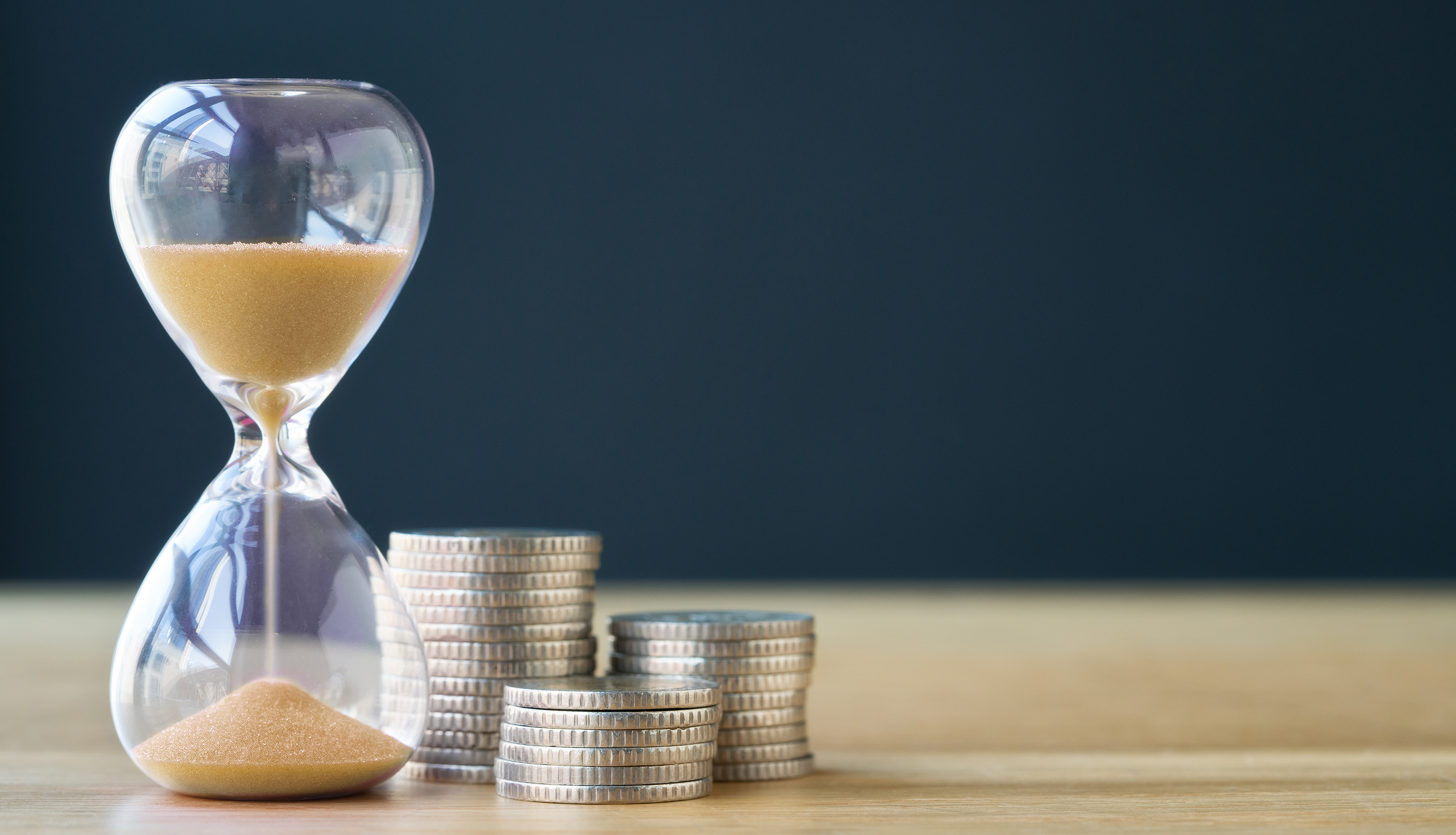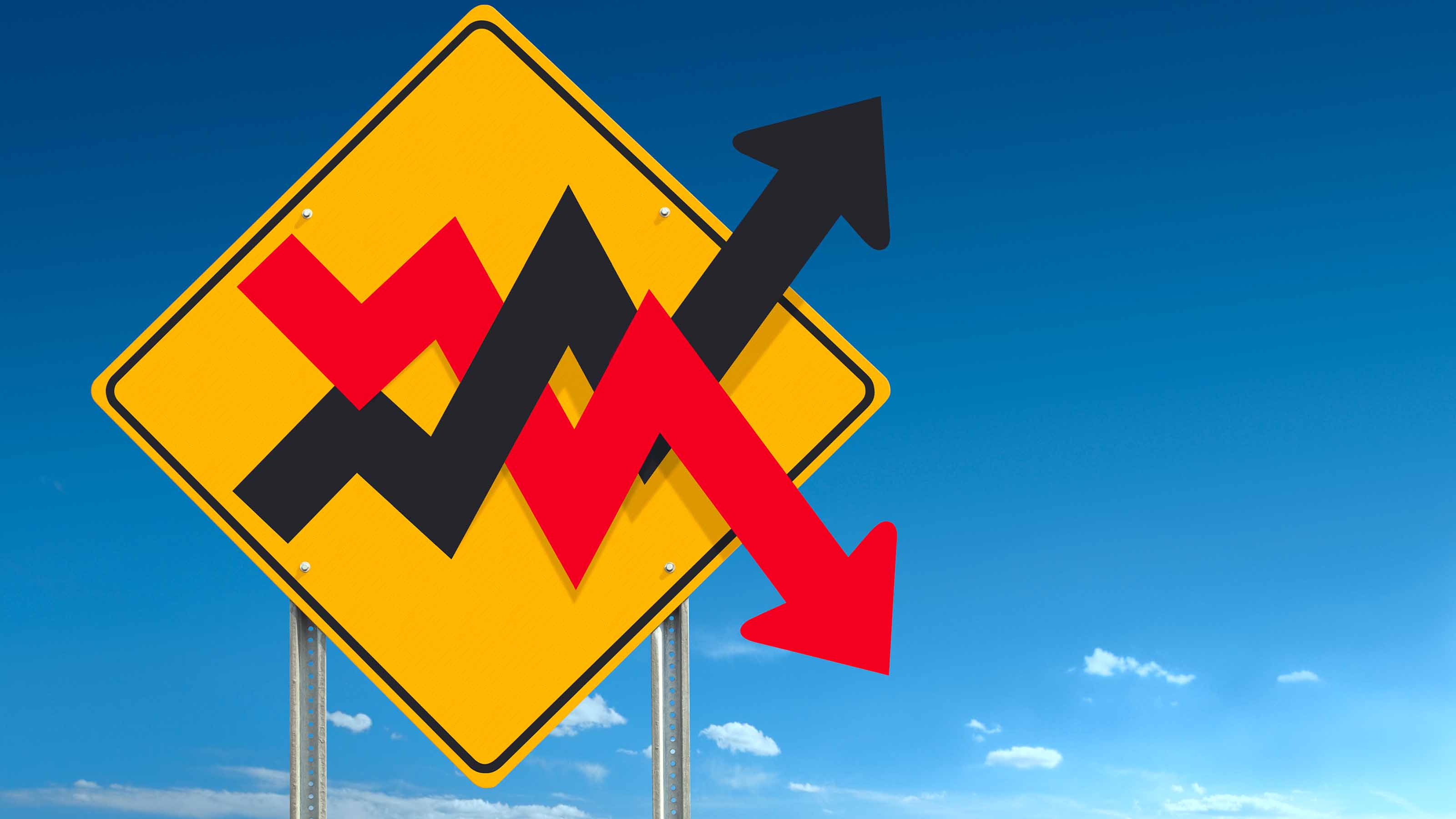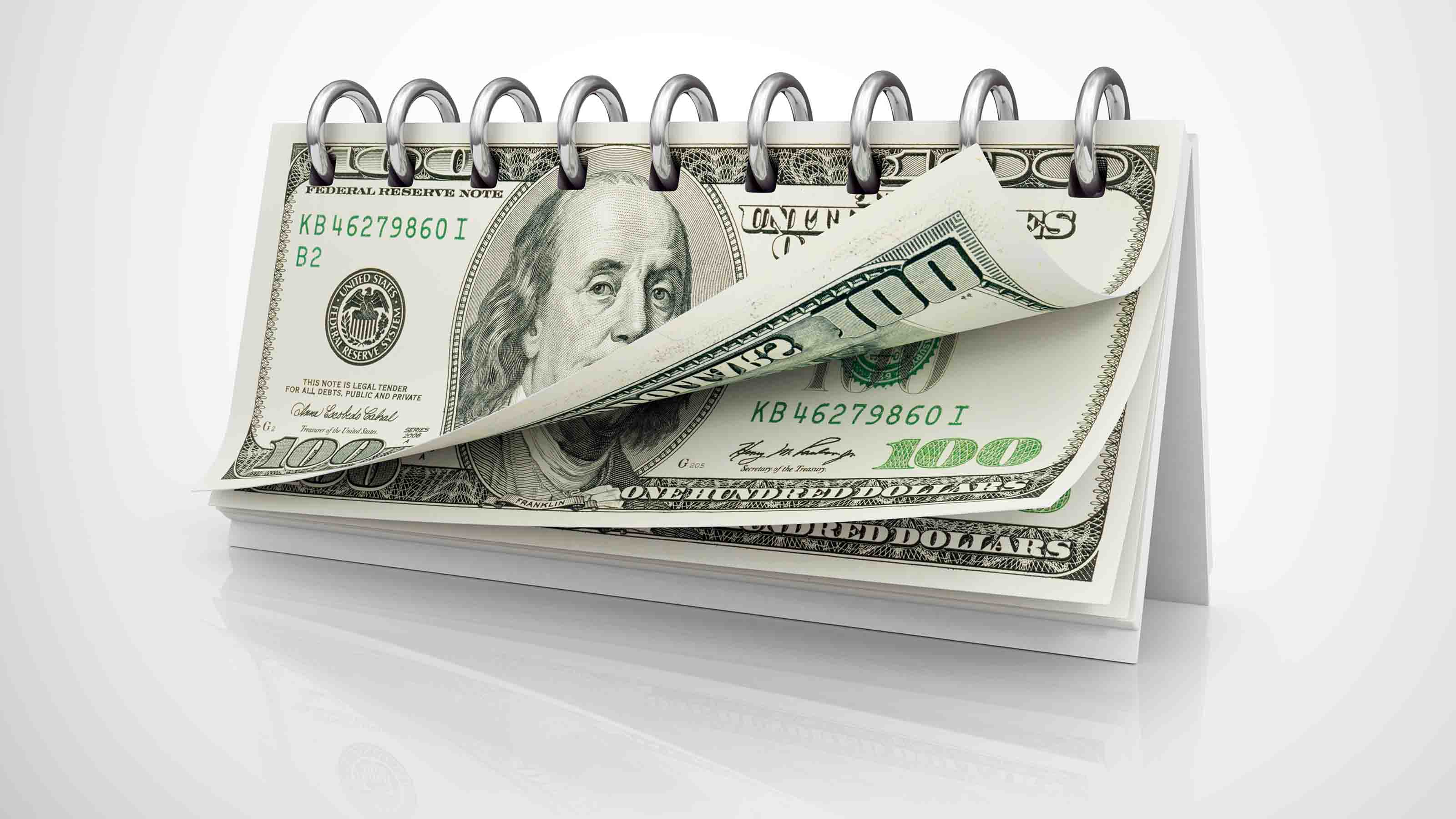Bonds: Not a Haven Now
Despite conventional wisdom, a recession in 2008 seems short of great opportunities in interest-paying investments.

So far in 2008, bonds are rallying while stocks are suffering.
The Lehman Brothers aggregate bond index, which measures Treasury and high-quality long-term government agency, corporate and mortgage bonds, is up 1.2%, while Standard & Poor's 500-stock index is off 4.6% and the Nasdaq composite is down 8%. At the same time, the municipal bond market, which had a dreadful 2007, is also off to a recovery in '08. Lehman's muni index is ahead 1.4%
All this is consistent with the saying that as stocks die, bonds fly. But don't swallow this whole. The maxim "is all wrong -- it's backwards, as a matter of fact," says Stan Richelson, a suburban Philadelphia investment adviser and co-author of an understandable book on all aspects of investing in bonds (Bonds: The Unbeaten Path to Secure Investment Growth, second edition 2007, Bloomberg, $24.95).

Sign up for Kiplinger’s Free E-Newsletters
Profit and prosper with the best of expert advice on investing, taxes, retirement, personal finance and more - straight to your e-mail.
Profit and prosper with the best of expert advice - straight to your e-mail.
Richelson says that bond yields are nowhere high enough now for bonds to be safe, let alone tack on further price appreciation. I agree, as I'll elaborate. But, first, it's time to explain what's going on.
The financial markets are divided about 50-50 on whether the U.S. will suffer an economic recession in 2008. Even if the economy doesn't literally contract for six months or longer, it is slowing in more and more segments -- not only retailing and real estate.
The ratings agencies expect more defaults by bond issuers. Plus, inflation is getting worse, not easing. All these things imply that long-term interest rates are apt to rise.
Now and before. The idea that bonds are a haven in bad times is logical. In a weak economy, business expansion and consumer spending decline and the demand for credit falls. Interest rates -- think of rates as the price of borrowed money -- are therefore forced down.
When interest rates decline, the value of an existing bond increases. That's because the existing bonds make higher interest payments than newly issued IOUs do. Investors will naturally bid up the price of the higher-paying, older bonds until their yields are roughly equal to those of new bonds.
That's why bond prices sometimes rally nicely during an economic downturn. Treasury bonds, which have no risk of default or a downgrade in credit rating, are the best way to see this concept in action.
From July 1981 through November 1982 -- the most recent recession of more than eight months' duration -- the 10-year Treasury bond yield fell from 14% to 10.7%. Anyone smart or lucky enough to buy a bond at 14% and sit on it through the recession earned a 25% capital gain, plus a year and a half of extremely high interest payments. For most of that stretch, stocks lost money.
That was, to be honest, before the rise of 401(k)s and IRAs. Few Americans then made such investment decisions.
In the last recession, the mild dip from March through November of 2001, the trading opportunities were much less exciting. The 10-year Treasury bond yield started out at 4.8%, rose to 5.5% in midsummer and went as low as 4.1% early in November before ending that month and the short recession about where it started the cycle, at 4.7%.
If you made the perfect trade, buying the Treasury at 5.5% and selling at 4.1%, you gained 18% plus a few months of interest. But who is such a genius? More plausibly, if you bought the bond at the start of the period and kept it, you broke even. Stocks lost roughly 5% during this time.
Clearly, that supports the wisdom of leavening any long-term portfolio, such as your IRA, with some bond investments. I'd suggest 25% of the total if you're within ten years of retirement, 15% if you're younger. But the reason for this is diversification, not ironclad safety, high income or large trading profits.
The bonds-as-bomb-shelter scenario blows apart if you think about how every economic downturn has different causes. That's why, as you look ahead at 2008, you'll be happy if your bonds or bond funds make it through the year without losing much if any value.
It's different this time. Why do I say this? First, Treasury bonds are already expensive. The 10-year Treasury today yields 3.8%. With no inflation, that would be fair. But the latest annualized consumer price index reading is 4.3%, and if winter is harsh, the number could go higher.
With inflation above 4%, fewer investors will be eager to buy bonds whose interest income doesn't retain any purchasing power. That suggests the bond yield will start climbing soon.
This hasn't happened yet because worldwide investors are sacrificing income for the security of lending to the Treasury. But once any bond's yield sinks below the rate of inflation, you can't expect buyers to keep buying. If the 10-year yield reverts from 3.8% to 4.5%, that's a loss of ten cents on the dollar of your principal.
Another strike against bonds is if you look beyond Treasuries for better yield, you won't get much. Moody's Investors Service says the lowest-rated, investment-grade corporate bonds yield 6.6% now, or fewer than three percentage points higher than those Treasuries. In March 2001, the difference exceeded four percentage points -- and even that isn't much when business prospects are poor.
If you're brave enough to look at junk bonds, the extra income relative to the Treasury is too thin to be safe in case of a recession. Wait for the gap to be ten percentage points before shopping the junk funds. It's only about six now.
There's also a scarcity of special opportunities. At times it pays to look for higher returns in "growth bonds." Those are unusual bonds that appear to be selling at a discount. The hope is that you get capital gains from rising bond values as well as high income.
Some funds (the best example being Loomis Sayles Bond) look for growth. From time to time, it shows up in corporate bonds that win upgrades, in bonds backed by companies that emerge from bankruptcy, in bonds denominated in currencies that are gaining on the dollar or in income securities with variable payouts linked to oil or other commodity prices. In a good year, this approach can produce double the return of a Treasury bond and still protect you from a wobbly stock market.
But the dollar is so feeble on world currency markets that I question whether it can go down much more. And a recession or something close to it is absolutely not the time to anticipate corporate bond upgrades or magical emergences from bankruptcy.
The Loomis Sayles fund (symbol LABRX) has as its largest positions U.S., Canadian and Mexican government bonds, an ultraconservative stance for its managers. Oppenheimer Strategic Income (OSIYX), a similar fund, is buying short-term German, Italian and Turkish debt. If the euro comes off its perch, this fund is going to get hurt.
Finally, there's the mortgage mess. So far, except for homebuilders and some mortgage lenders, it hasn't been much of a hassle for actual bondholders. The hedge funds and investment bankers and other investment groups that have confessed to big losses were leveraging subprime loans and doing other financial tricks.
But the nature of the financial markets makes it hard to think positive thoughts about debt and credit investments until the crisis atmosphere lifts. It's slow to lift.
Those combined reasons are why this incipient recession seems short of great opportunities in interest-paying investments. If the economy's trouble were 14% mortgage rates as in 1981, or rampaging inflation like in the 1970s, you could be brave and assume that, at some point, the economy would go into shock and rates would start to plunge. Then you could load up on Treasury and other high-quality bonds, collect the extra-high yields, and wait.
But this recession, assuming that's what it turns out to be, is different. Inflation looks to be heading higher, which is ample reason to expect higher Treasury yields and lower bond prices, not the reverse. And as government bond yields pass 4% and perhaps close in on 5%, corporate and government agency bonds will go up in sync. It's a risky time.
What to do now. Stan Richelson, who takes such umbrage at the cliché that recessions are good for bonds, suggests the best thing to do with a bond allocation now is to build a ladder of short and intermediate-term government or government agency debt, with part of your portfolio maturing every year. This means you'll regularly have money to reinvest at what he thinks will be higher yields later this year and for awhile afterward.
An alternative is to look at tax-exempt bonds, especially if you need current income and the tax exemption makes sense.
Do make sure the underlying rating of any bond you buy is at least A and preferably AA, regardless of whether the bond is insured for the payment of interest and repayment of principal. Municipals struggled in 2007 because of concern that gazillions of dollars' of these insured municipal bonds would be downgraded should the bond insurers lose their AAA ratings (see Insured Munis Take It on the Chin).
So far they have kept the AAA status, but barely. However, the municipal bond market has overreacted to this because the vast majority of insured tax-free bond issuers never really needed the insurance and got it only for window-dressing. If you can get 5% on a ten-year or 15-year muni while the Treasury pays four or less, go for it.
Get Kiplinger Today newsletter — free
Profit and prosper with the best of Kiplinger's advice on investing, taxes, retirement, personal finance and much more. Delivered daily. Enter your email in the box and click Sign Me Up.

-
 Stock Market Today: Stocks Gain on Tech, Auto Tariff Talk
Stock Market Today: Stocks Gain on Tech, Auto Tariff TalkThe Trump administration said late Friday that it will temporarily halt tariffs on some Chinese tech imports.
By Karee Venema
-
 Sam's Club Plans Aggressive Expansion: Discover Its New Locations
Sam's Club Plans Aggressive Expansion: Discover Its New LocationsSam's Club expansion plans will open up to 15 new stores each year. Learn where they plan to open in 2025.
By Sean Jackson
-
 Why Investors Needn't Worry About U.S. Credit Downgrade
Why Investors Needn't Worry About U.S. Credit DowngradeFitch Ratings The United States saw its credit rating downgraded for just the second time in history, but experts aren't worried about the long-term damage to stocks.
By Dan Burrows
-
 Income-Investing Picks for a Recession
Income-Investing Picks for a RecessionInvesting for Income Some consequences of an economic downturn work to the benefit of fixed-income investors. Here are three fund ideas that fit the bill.
By Jeffrey R. Kosnett
-
 Dogs of the Dow Are 2022's Best in Show
Dogs of the Dow Are 2022's Best in Showdividend stocks Some of the best investments for income investors in a volatile 2022 have come from the Dogs of the Dow.
By Jeffrey R. Kosnett
-
 Bond Values in a Volatile Market
Bond Values in a Volatile MarketInvesting for Income While the market's instability may not be over just yet, the latter half of the year should be less daunting – and possibly more rewarding – for investors.
By Jeffrey R. Kosnett
-
 Should You Buy Bonds Now? What To Consider
Should You Buy Bonds Now? What To Considerbonds The fixed-income market has been turned on its head in recent years, but there are still opportunities for those looking to buy bonds again.
By James K. Glassman
-
 Dividend Dates: A Beginner's Guide
Dividend Dates: A Beginner's Guidedividend stocks Everything you need to know about ex-dividend dates, dividend announcements and other parts of the dividend calendar.
By Charles Lewis Sizemore, CFA
-
 Income Investors Should Look Beyond the Ukraine Invasion
Income Investors Should Look Beyond the Ukraine Invasionstocks Unless you invested in a Russian-themed ETF or an emerging markets index fund, the destruction of Moscow's capital markets is a distraction for investors.
By Jeffrey R. Kosnett
-
 Consider Short-Term Bond Funds
Consider Short-Term Bond FundsInvesting for Income These funds own the kind of stuff that benefits from a healthy economy and can withstand the Fed's rate hikes.
By Jeffrey R. Kosnett